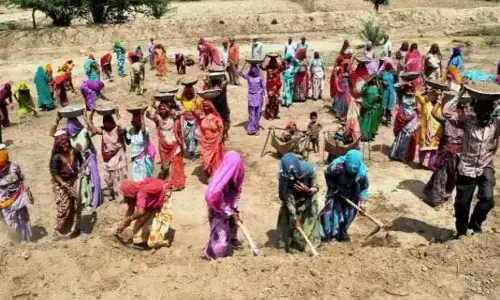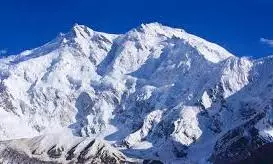
Formation of Himalayas may have erased 30% of continental crust: study
text_fieldsThe formation of the Himalayas and other major mountain ranges caused significant loss of continental crust, with up to 30% of it sinking into the mantle.
A groundbreaking study published in Earth and Planetary Science Letters has delved into crustal dynamics. Led by Dr. Ziyi Zhu, a Research Fellow at Monash University, the study shows how collision zones play a key role in Earth's geological evolution.
Using a mass and volume balance model, researchers analyzed how continental crust thickened, eroded, and was displaced during the formation of mountain ranges like the Himalayan-Tibetan Plateau. The study identified a significant imbalance, indicating that large portions of the crust were subducted or delaminated into the mantle.
Dr. Zhu likened the process to compressing a soft material, where parts of it are displaced beneath the surface rather than remaining visible.
The research pinpointed delamination as a crucial process behind crustal recycling. During this phenomenon, denser lithospheric material sinks into the mantle, altering its composition and generating rock types with mantle-like geochemical signatures. These events also contributed to the rapid uplift of the Himalayas, which triggered intensified monsoon rainfall around 22 million years ago.
The study extended its findings to other mountain systems, including the European Alps and the Zagros Mountains. It estimated that nearly 50% of the Alps' crust and as much as 64% of the Zagros Mountains' crust were lost during their formation. These crustal losses have had far-reaching impacts on mantle composition and Earth's geological evolution over billions of years.
This research sheds light on the long-term impact of tectonic activity on climate and geology.























